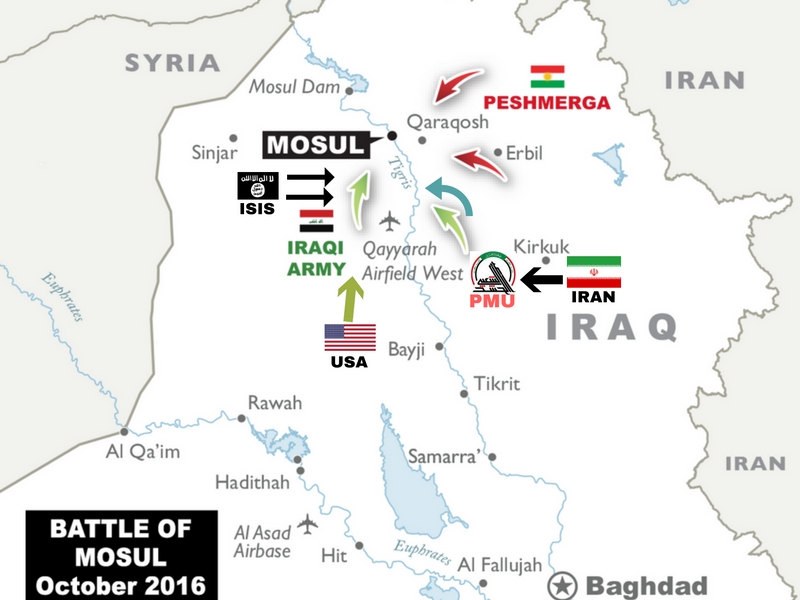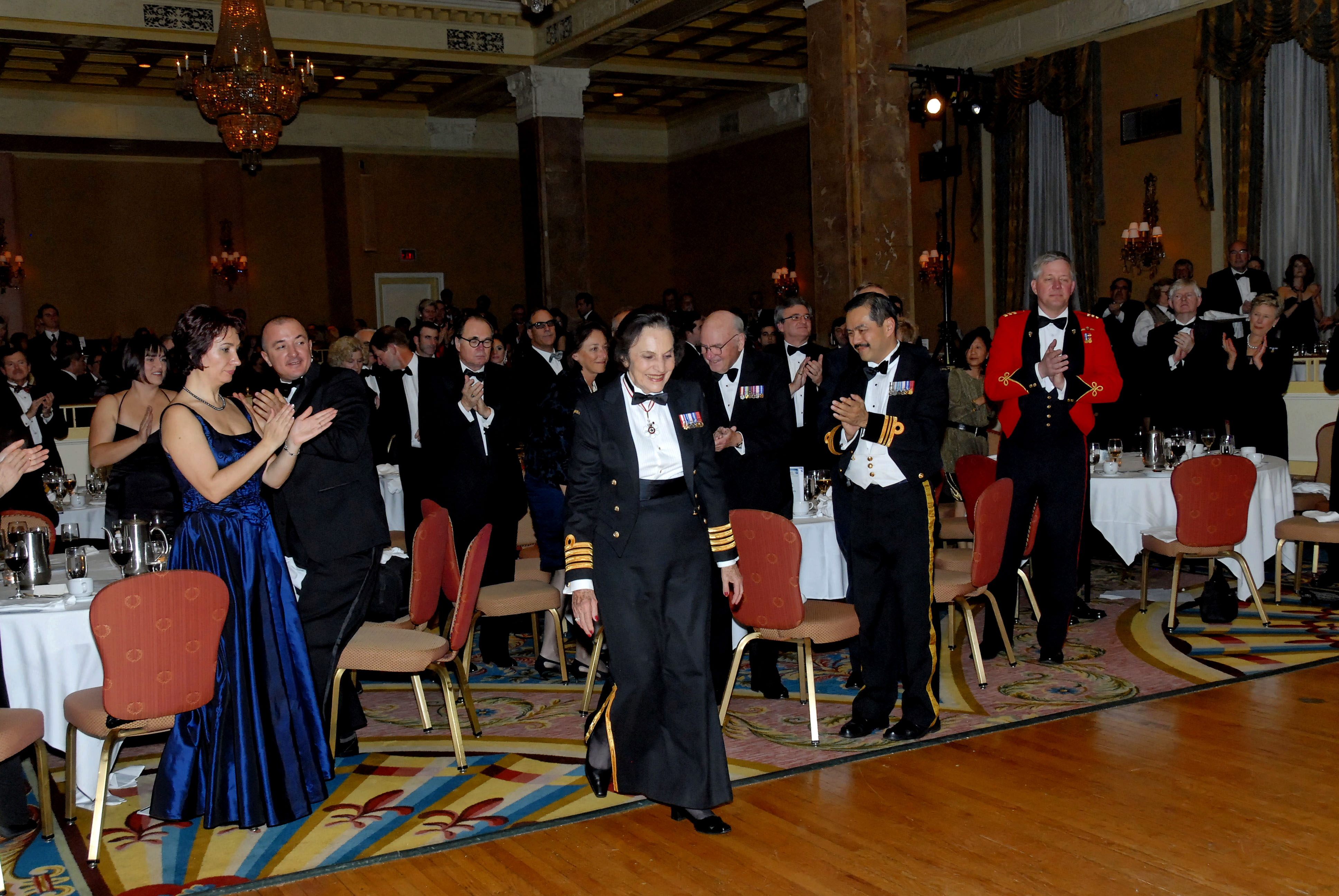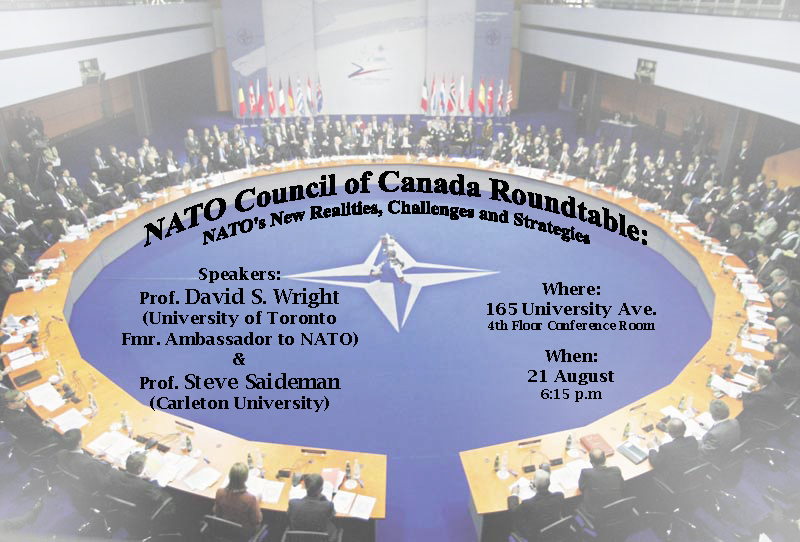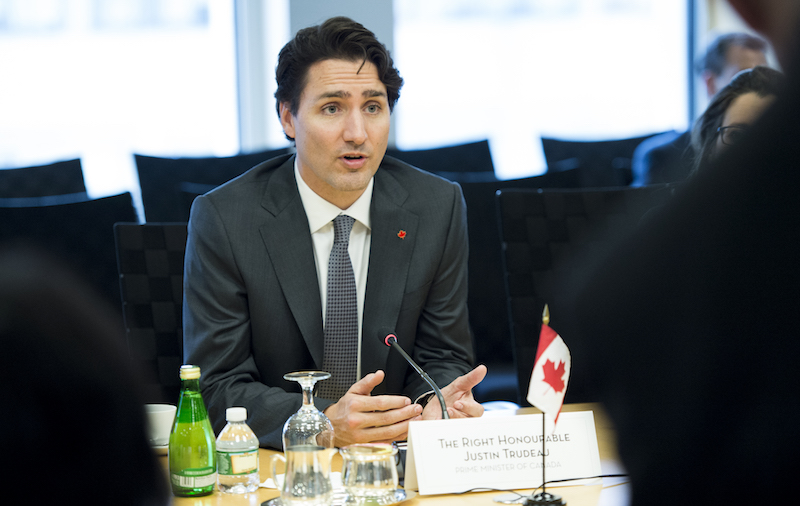It has been exactly one month today since the Mosul Offensive began, in an effort to take back territory from ISIS. In June 2014, Mosul fell into the hands of ISIS, that used the disenchantment of the Sunni population with the Shia-led government as a gateway to gain control. As a result, Mosul went from being a diverse city with people of different ethnicities and religions, to an ISIS stronghold that follows a very strict form of Sharia law.
Also dubbed as Operation ‘We are coming,Nineveh’, the Mosul offensive was planned as an all-out effort to eradicate ISIS’ stronghold from Mosul, and therefore, its reign over all its other Iraqi territories. Prior to ISIS’ takeover, Mosul’s population included Arabs, Assyrians, Armenians, Turkmens, Kurds, Yazidis, Shabakis, Mandeans, Kawliya and Circassians apart from other smaller ethnicities. Along with its multiculturalism, huge populations of Mosul’s former residents who didn’t concur with ISIS, fled. Those who stayed and/or resisted were treated with brutality. The Mosul offensive is one of the most significant operations by the Iraqi government and its allies, given its proximity to ISIS’ de facto capital Raqqa, Syria.
ISIS’ leader Abu Bakr Al-Baghdadi made Mosul his main control-base in Iraq and made an example out of Mosul by driving away its pluralism. It was from here that Baghdadi announced the creation of an ‘Islamic Caliphate’. While most of these forces are allied against ISIS, the steps after a Mosul victory are unclear.
Below is an infographic detailing the various sides that are fighting against ISIS to regain control of Mosul:

Conceptual guide to the infographic above:
→ The coalition is comprised of Kurdistan Regional Government (KRG) forces called Peshmerga, Iraqi Security Forces (ISF) and Popular Mobilization Units (PMU). Iraq is a country full of different ethnicities and factions that have divisions well beyond the known Sunni or Shia. Against ISIS, the three branches are united, but take away the threat of ISIS, and the differences between them come to light. KRG, for example, is growing in size and power given its recent success rate as compared to the ISF. Its political intentions, are becoming evident as it claims territory liberated from ISIS, as its own. Stating that they do not want former residents (who are mostly Sunni Arabs) to come back, the Kurds are beginning to control the ethnic concentrations in these areas. KRG is semi-autonomous and has proven to be more advanced than any other group during fighting.
→ The ISF, the main army of Iraq is significantly fragmented and weak. This makes ISF in need of reinforcements from Peshmerga and PMU. While they’re much needed in the fight against ISIS, the power struggle here is quite evident and growing. Historically, the Kurds have been persecuted and therefore, sought a land to call their own for over a century. Now, with the backing of Turkey, and the possibility of its own territory, KRG is becoming a force to reckon with.
→ The PMU, on the other hand, is a group of militias varying in ethnicities and loyalties with the common goal of defeating ISIS. PMU is Shia-led and the strongest of the militias are backed by Iran which wants to make sure that its influence in Iraq continues. While it supports PMU, its main intention is to counter Turkey’s growing involvement in Iraq. In a way, Turkey and Iran are fighting a proxy war, while supporting different sides that are allied against ISIS. PMU also happens to have multiple groups of people like Sunnis, Christians, Yazidis and Turkmen participate under its command.
→ Iraqi Turkmen, are perhaps the most underrepresented group in world media. As a community that is very loyal to Iraq, they believe in the concept of coexistence and unification of Iraq as a whole. They tend to readily join groups if it means the betterment of Iraq. While they now have a small armed wing and a good relationship with the Peshmerga, they struggle for their rights, representation and survival in Iraq’s long-term future. In the past, their leaders have been shot and more recently, with ISIS taking over their territories, they’ve been subject to utmost violence. Iraqi Turkmen have a historical connection with Turkey, where Turkey has always offered them support. However, recent alliances of Turkey with KRG has made them quite uncomfortable. While they follow both Shia and Sunni ways of life, they are more loyal to being Iraqi Turkmen, than to either religious factions.
→ The western power heavily involved in the Mosul offensive, is the US. In terms of contributions that range from air support, military aid and intelligence, US is to the Iraqi forces what Russia is to the Syrian army. The US also supports the Peshmerga who’ve come out as one of the strongest defences and victors against ISIS. The main question that US faces is how their resources will be used after ISIS is defeated. These umbrella factions that they support are more divided than what meets the eye. Once the terrorism threat is handled, the territorial threat will begin.
While all these groups are now working together, each group wants to establish dominance over the other, with regional powers actively involved in the fight.
Photo: Infographic map of Battle of Mosul (2016) , by Wikimandia via Wikimedia. Licensed under CC BY-SA 4.0. Edited to display new forces in the war since October 2016- the time the artwork was produced.
Special thanks to Evon Sworesho for his valuable insights that helped in the making of this post.
Disclaimer: Any views or opinions expressed in articles are solely those of the authors and do not necessarily represent the views of the NATO Association of Canada.




